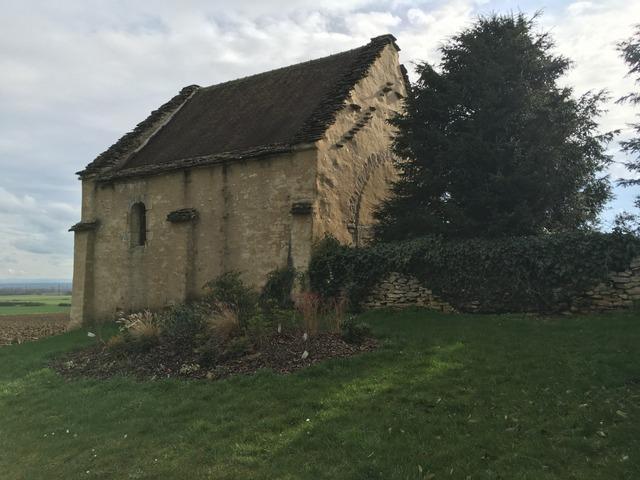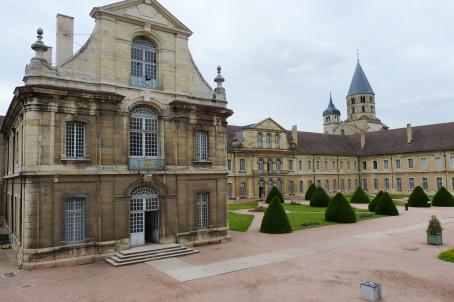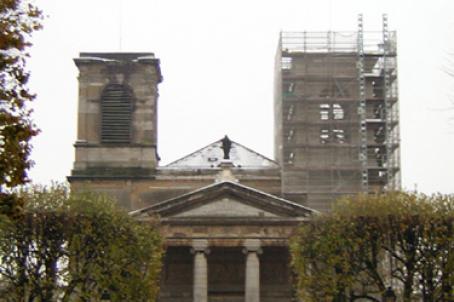Chapel Saint-Humi
The Chapel of Saint-Humi is located in Uchizy, in the Burgundy-Franche-Comté region. Built in the 12th century on the foundations of an ancient Gallic temple, the chapel belonged to a small monastic community. This place has, for millennia, been a site of pilgrimage and healing. The chapel is dedicated to Saint Humi, a hermit monk of the diocese of Saint-Claude in the Jura, who was a renowned healer of deaf people and stunted children.
About this building
The Chapel of Saint-Humi is located in Uchizy, in the Burgundy-Franche-Comté region. Built in the 12th century on the foundations of an ancient Gallic temple, this chapel belonged to a small monastic community. After becoming private property, it was, in 1996, sold to the town hall to become national property, for a symbolic price of €1.
The Chapel has, for millennia, been a place of pilgrimage and healing. Several legends still surround the building. It is dedicated to Saint Humi, a nickname of Saint Himetière, a hermit-monk from the diocese of Saint-Claude in the Jura, who was reputed to cure deaf persons and the children with stunted growth. Inside, there is an 18th century wooden altar and a 17th century painting of Saint Humi.





